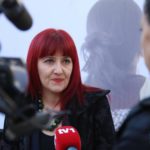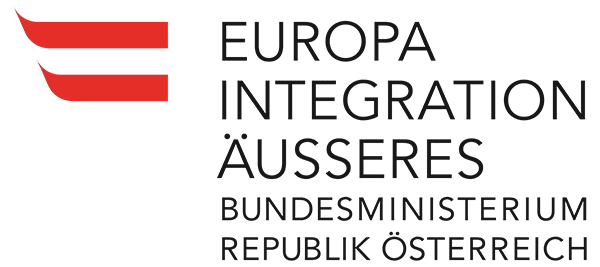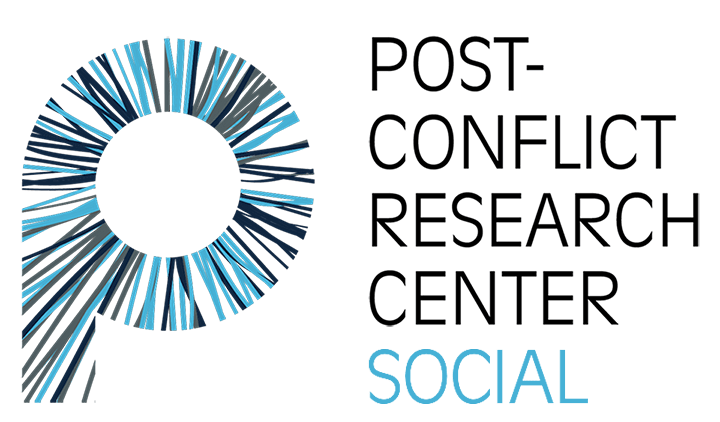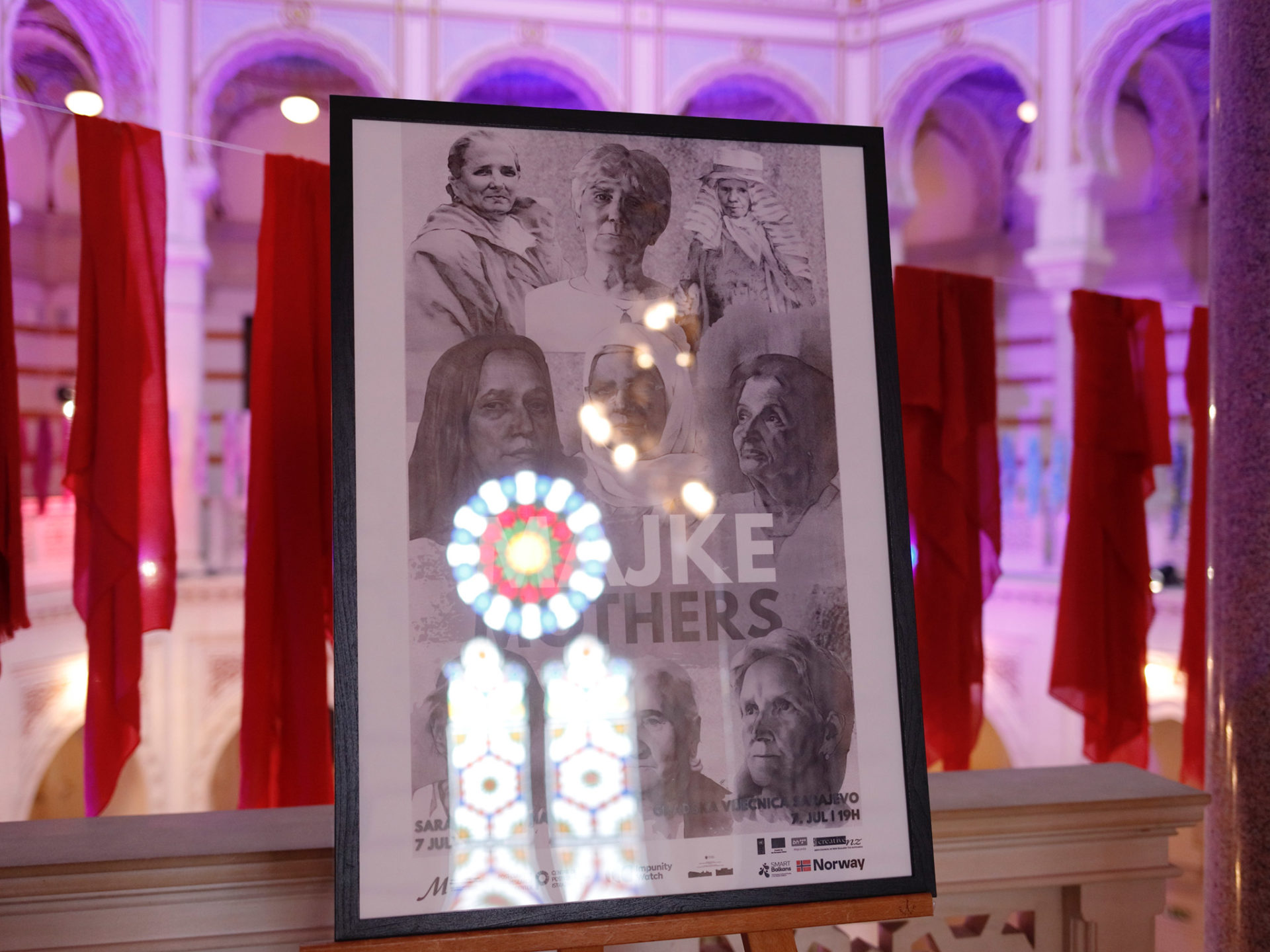
As part of the commemoration of the 30th anniversary of the Srebrenica genocide, the exhibition Majke/Mothers and the art installation Mother’s Scarf were held at the Sarajevo City Hall from July 7th to 14th.
The exhibition and installation were created through the partnership of the Post-Conflict Research Center (PCRC) and the Movement of Mothers of the Srebrenica and Žepa Enclaves. The events were organized in Sarajevo in cooperation with the City of Sarajevo and the Netherlands-based organization Impunity Watch.
The exhibition Majke/Mothers by the New Zealand artist Nour Hassan shows 25 portraits of Mothers from Srebrenica whose loved ones were killed in the genocide, and who bravely fought for justice, memory, and dignity. “Their faces are testimonies,” said Hassan, emphasizing that memory entails responsibility, as leaving pages of history untold opens the door to alternative interpretations and narratives.
She explained that she drew most of the portraits in New Zealand, where people were pleased by the focus on women’s stories. She added that women have been left out of dominant historical narratives for too long, and the power of stories about their bravery has only recently come to the fore.
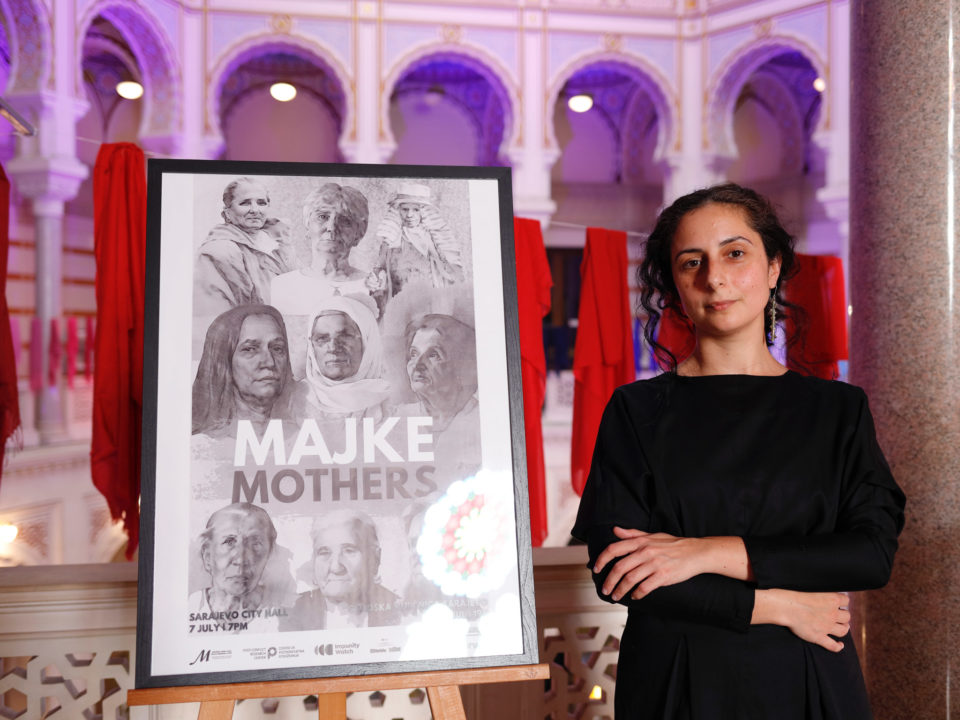
At the opening of the exhibition, Mirela Bećirović, the First Lady of the Bosniak member of the Presidency of Bosnia and Herzegovina, expressed her deep respect for the Mothers and women of Srebrenica, calling them universal symbols of the fight for truth, justice, and human dignity.
“The mothers of Srebrenica teach us important lessons about love, courage, and the fight for justice. Their voice has been echoing around the world for decades, reminding us of the moral, legal, and political obligation to oppose policies that advocate hatred, violence, and the glorification of war criminals. The mothers of Srebrenica are the true heroes of our country. Their struggle for truth and justice reminds us of the importance of action in the fight against evil and injustice,” said Bećirović.
She stressed that we must neither forget nor agree to remain silent in the face of those who deny genocide, because denial is not an opinion but a continuation of violence.

“The exhibition has immense value. These portraits, drawn in graphite and charcoal, are not just faces, they are testimonies—gazes that speak more than a thousand words. These are the gazes of women who survived unimaginable evil and, despite this, maintained their dignity,” Bećirović emphasized.
She expressed her hope that the Majke/Mothers exhibition will serve as an inspiration to ensure that the genocide is never silenced or forgotten, and as a call to be human, to bear witness, and to be a voice for those who can no longer speak. It stands as a reminder that we must never tire in the fight for truth and justice.
The Truth About Srebrenica Lives On
Dr. Fatima Klempić-Dautbašić, a survivor of the Srebrenica genocide, stated that the gathering at Sarajevo City Hall served to reclaim from oblivion the memory of those who were killed and who can no longer speak for themselves—on behalf of all the mothers who buried the incomplete remains of their children in the Potočari cemetery.
“We are here in the name of our Tidža, who mourned for years between an empty house and a cemetery; in the name of Sabaheta, from whose arms they took her only young son, Rijad, who never had the chance to grow into a man, let alone harm anyone; in the name of mother Nura, who recognized her son in footage from an execution, his wrists bound; in the name of all those who did not live to see their loved ones laid to rest in the valley of white tombstones,” said Dr. Klempić-Dautbašić.
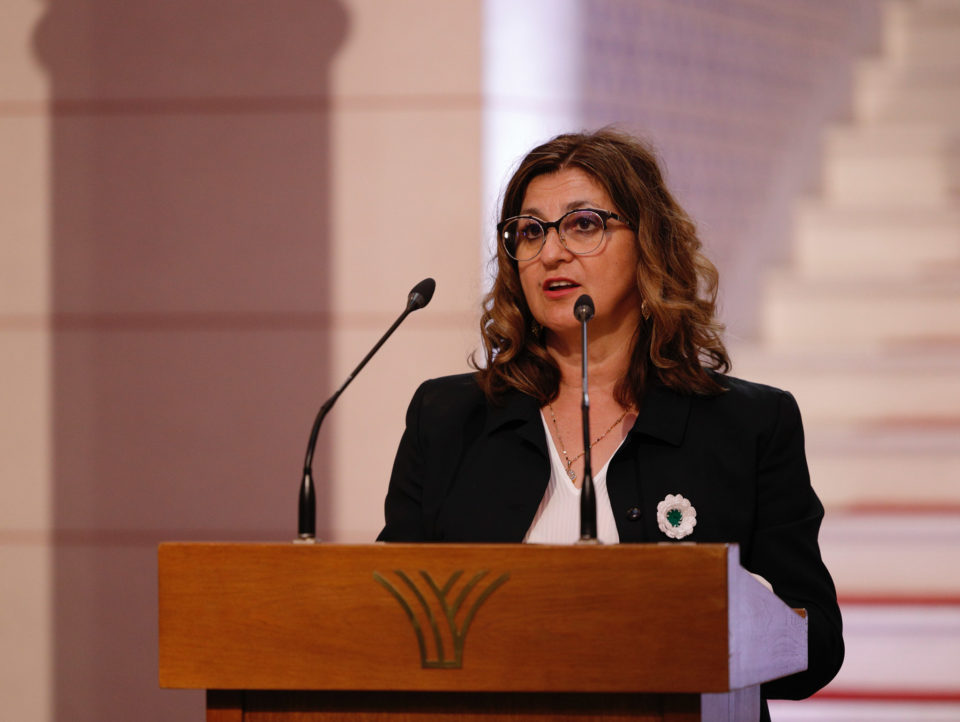
She also recalled her own escape from Srebrenica, when she set off through the forest with her brother, the local hospital staff, and other men from the enclave, wondering if she was making the right choice.
“Between 12 and 15 thousand people set off on that difficult journey through minefields, mostly unarmed, starving, exhausted men. At first, I felt confident. When I saw so many people, I expected the international community to respond… Many died on the first day of the journey, many were seriously wounded… I will never forget the faces of those who could not go any further. Their screams still wake me up to this day,” she said.
She emphasized that all the horror they went through is difficult to understand and describe.
“Although 30 years have passed since the fall of our Srebrenica, every detail of that horror lives in us like an open wound. Nothing has changed in us over the years. It is as if time stopped in 1995, and now we know that this horror will live in us forever,” Dr. Klempić-Dautbašić explained.
Sarajevo mayor Predrag Puharić described the exhibition Majke/Mothers and the installation Scarves of Remembrance as a silent but powerful reminder that the truth about Srebrenica is alive, and not just in statistics or court records.
“It is woven into the wrinkles, into the scarves, into the gazes of women who survived what cannot be imagined, let alone recounted,” said Puharić.
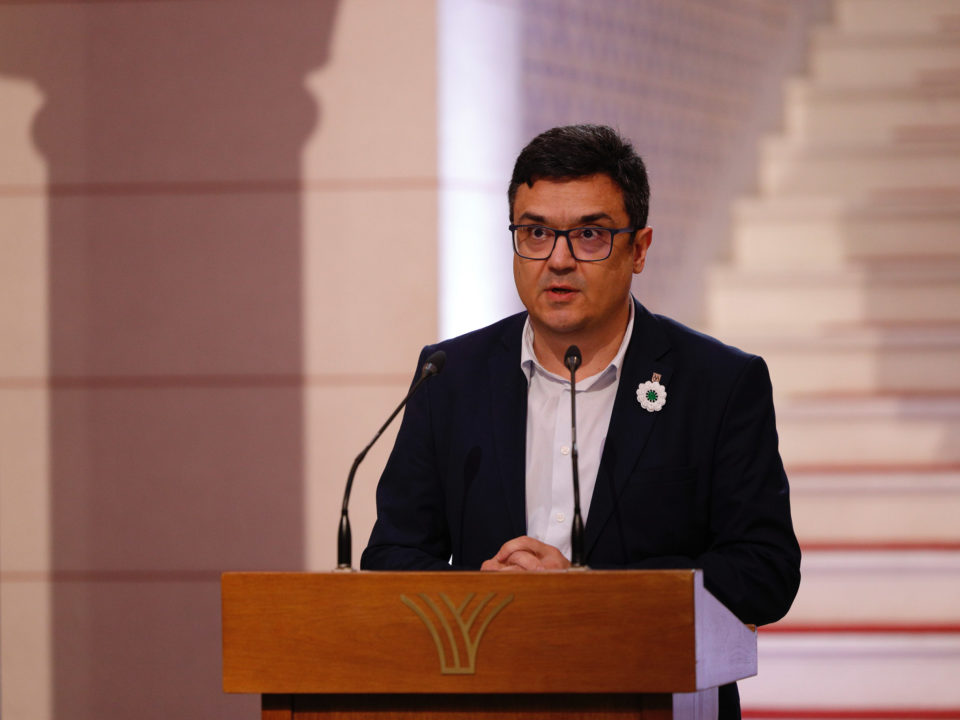
Together with Deputy Mayor Mirza Selimbegović, he expressed his gratitude to Nour Hassan, whose portraits of the Mothers convey emotion, the silence of pain, the strength of love, and perseverance in the fight for justice and dignity.
The exhibition is accompanied by a photo monograph with stories about the role of the Mothers of Srebrenica in preserving truth, fighting for justice, and nurturing collective memory.
Katherine Biering, the Norwegian Ambassador to Bosnia and Herzegovina, expressed her deepest respect to the Mothers of Srebrenica as true heroines. After surviving an unspeakable tragedy, they bravely stepped forward to bear witness in domestic and international courts and tirelessly advocated for the ban on genocide denial and the adoption of the UN Resolution on Srebrenica.
“Their courage is an inspiration to all of us,” said Ambassador Biering.
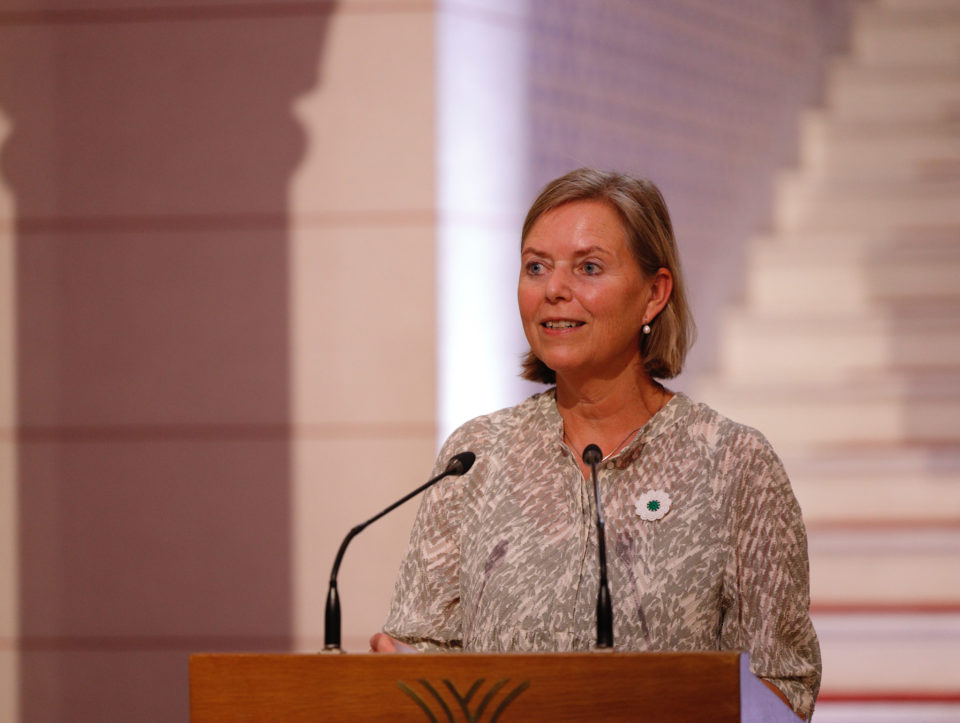
She also emphasized the Norway’s commitment to Bosnia and Herzegovina, both on the world stage and domestically, with the aim of building a safe, inclusive society free from all forms of violence, with a special focus on women and young people.
“The artistic installation Mother’s Scarf and the exhibition Majke/Mothers strongly show how art can help in dealing with the painful past while at the same time inviting us to remember and reflect. As we commemorate the International Day of Remembrance of the Srebrenica Genocide, education and remembrance through art are more important than ever,” Ambassador Biering observed.
Mother’s Scarf as a A Symbol of Peace and Hope
The artistic installation Mother’s Scarf was created through a collaboration between PCRC, the Srebrenica Memorial Center, and the Movement of the Mothers of Srebrenica and Žepa Enclaves. The installation invites the symbolic act of tying together scarves and shawls as a gesture of memory, empathy, solidarity, and hope.
Mother’s Scarf was first displayed in Srebrenica in 2022, with more than 2,500 scarves and shawls collected from over 20 countries and 50 cities in the first year. Scarves and shawls hold deep meaning—not only in Bosnia and Herzegovina but in communities around the world, beyond religious and ethnic boundaries. When joined together, they become a silent but powerful symbol of grief, resilience, and a call for peace.
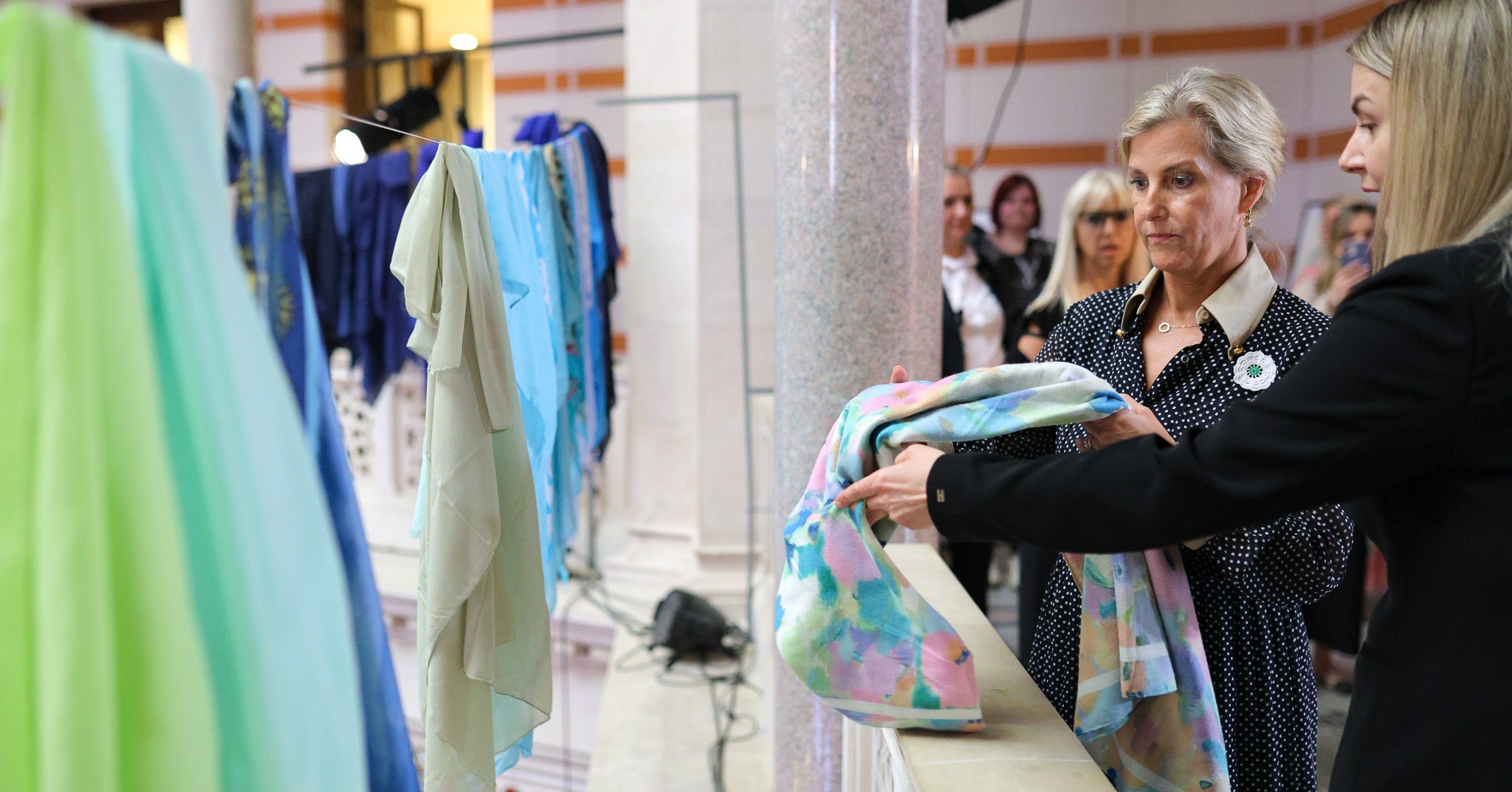
This year, the First Lady of Bosnia and Herzegovina, Mirela Bećirović, and Her Royal Highness Sophie, Duchess of Edinburgh, added their scarves to the collection.
PCRC president and founder Velma Šarić noted that above all, Mother’s Scarf establishes a personal connection with the Mothers of Srebrenica and their brave struggle. The installation was created with the aim of preserving their legacy from oblivion and documenting their heroic fight in the field of transitional justice.
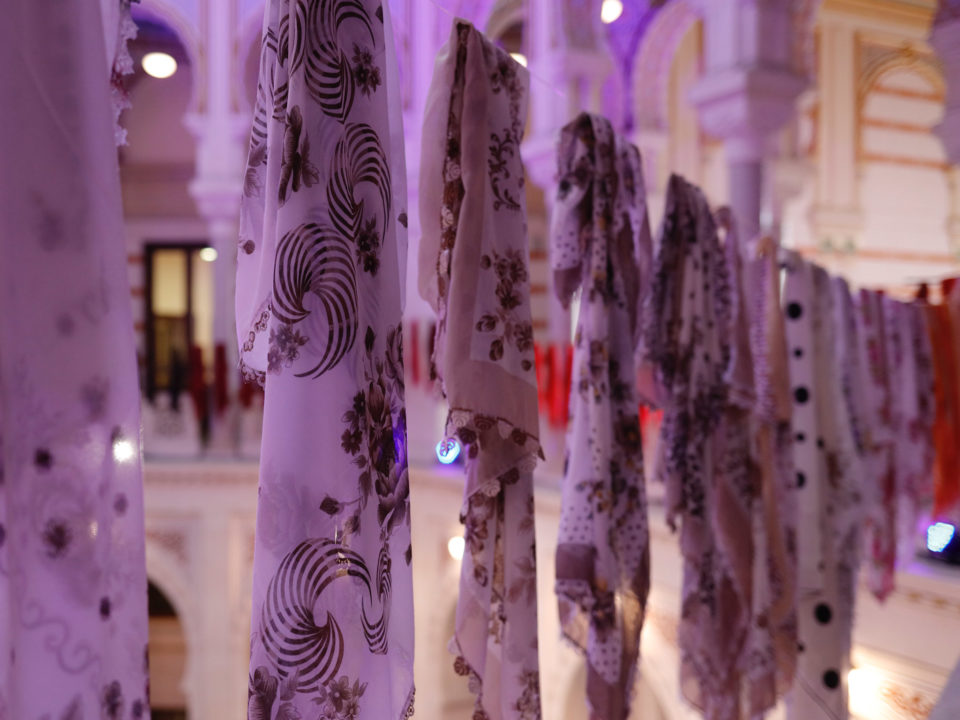
Tiffany Fairey from King’s College London emphasized the importance of remembering and honoring the genocide victims and recognizing the unspeakable pain of survivors, especially the mothers, whose pain serves as a moral compass not only for Bosnia and Herzegovina, but far beyond.
“Nour Hassan’s portraits and Mother’s Scarf go beyond grief. They show strength. Not just loss, but resistance,” said Fairey. She added that art cannot undo the past, but it can help us to better grasp the weight of history, to face reality, and to carve out space for memory.
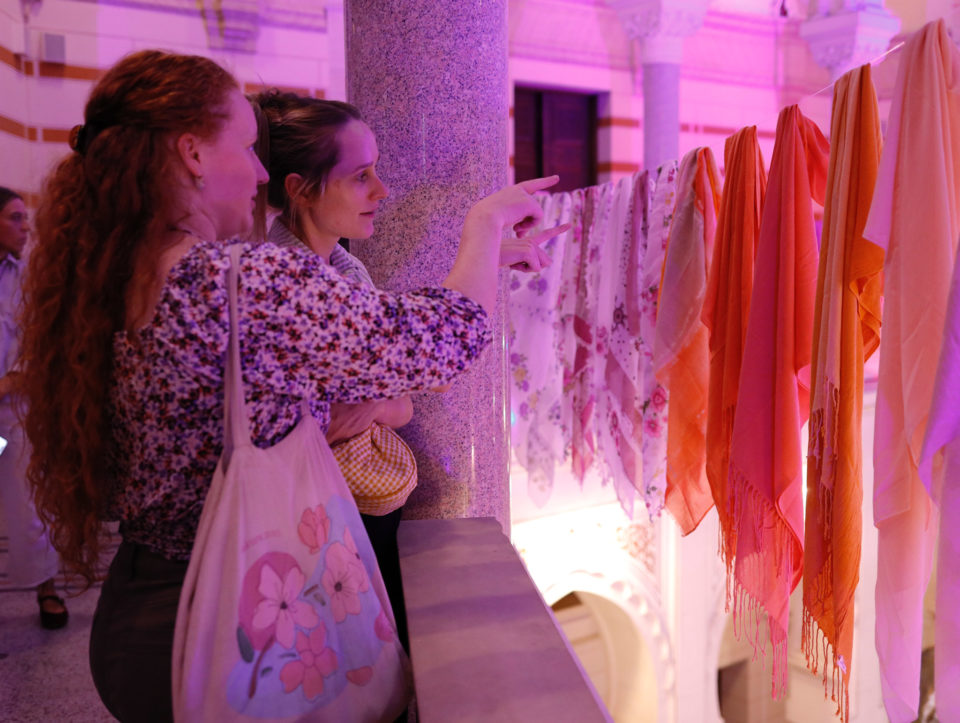
______________
The portrait exhibition Majke/Mothers was made possible with the financial support of the regional project “SMART Balkans – Civil Society for a Connected Western Balkans,” the Creative Agency of New Zealand, and BH Telecom. The art installation Mother’s Scarf was created thanks to the financial support of the National Endowment for Democracy, the Rockefeller Brothers Fund, the Sigrid Rausing Trust, and Pro Peace. Both installations are also part of the regional project “EU Support for Confidence-Building in the Western Balkans.”



